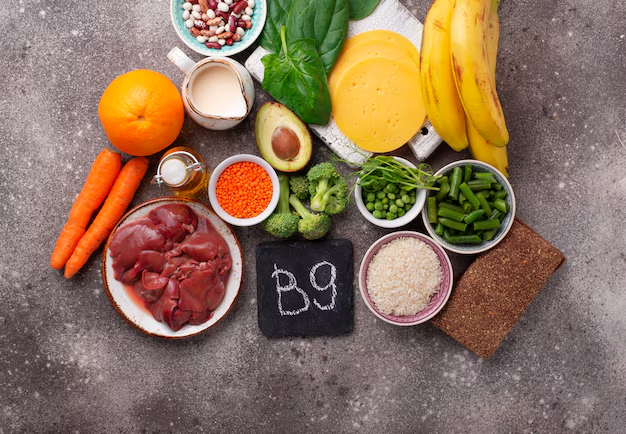Discover What Foods to Eat for Lower Blood Pressure
When considering how to manage hypertension effectively, diet plays a pivotal role. The foods you choose can significantly impact your blood pressure levels, helping to keep them within a healthy range. If you’re wondering what to eat for hypertension, you’ve come to the right place. Let's explore which nutrients support heart health and what food choices can make a difference.
Embrace Heart-Healthy Choices
Dash into DASH
The Dietary Approaches to Stop Hypertension (DASH) diet is specifically designed to combat high blood pressure. It emphasizes the consumption of fruits, vegetables, lean proteins, and whole grains. Here's how you can integrate DASH into your weekly menu:
- Fruits and Vegetables: Aim for 4-5 servings of both every day. Blueberries, oranges, and bell peppers are particularly beneficial.
- Whole Grains: Incorporate whole wheat bread, brown rice, and quinoa into your diet.
- Lean Proteins: Skinless poultry, fish rich in omega-3 like salmon and tuna, and plant-based proteins like beans and lentils should be your go-to choices.
- Low-Fat Dairy: Opt for low-fat or fat-free milk, yogurt, and cheeses.
Reduce Sodium Intake
Excessive sodium can elevate blood pressure, so aim to keep your salt consumption to less than 2,300 milligrams a day—ideally moving towards 1,500 mg for greater effects. Opt for fresh over processed foods and flavor meals with herbs and spices rather than salt.
Add Potassium-Rich Foods
Potassium helps negate the effects of sodium and ease tension in blood vessel walls. Consider these potassium-rich options:
- Bananas
- Sweet Potatoes
- Spinach
- Avocados
Heart-Smart Fats
Swapping saturated and trans fats for healthier fats can benefit your heart. These include:
- Olive oil: Use it in dressings and cooking.
- Nuts and Seeds: Snack on almonds, walnuts, or flaxseeds.
- Fatty Fish: Include salmon, mackerel, and sardines for their heart-healthy omega-3s.
Limit Alcohol and Caffeine
Moderate alcohol consumption to control blood pressure and reduce caffeine intake if you’re sensitive to its effects.
Think Beyond Food: Financial Support for Health
Adopting a healthier lifestyle and diet can sometimes weigh on your grocery budget. Fortunately, there are numerous financial support programs and educational grants available to ease economic burdens, allowing you to focus more on health without financial stress:
🎓 Financial and Educational Opportunities
- Supplemental Nutrition Assistance Program (SNAP): Provides assistance to help low-income families purchase healthy foods.
- Women, Infants, and Children (WIC) Program: Offers nutrition support for pregnant women and young children.
- Food Banks and Pantries: Local resources that offer free groceries.
- Health Subsidies: Programs like Medicaid that aid with medical costs.
- Educational Grants: Scholarships for health-related studies, which can provide insight into better dietary habits.
Addressing hypertension through diet is a crucial step toward better health. Pairing this with available aid can ensure not only a healthier body but also a healthy financial situation, placing well-being within your reach.

Related Topics
- a 66 Year Old Female With a History Of Hypertension
- Are Eggs Bad For Hypertension
- Are Eggs Good For Hypertension
- Are Endocrine Disorders Causing Hypertension Rare
- Can Adderall Cause Hypertension
- Can Alcohol Cause Hypertension
- Can Allergies Cause Hypertension
- Can Anemci People Get Hypertension
- Can Anemia Cause Hypertension
- Can Antibiotics Cause Hypertension